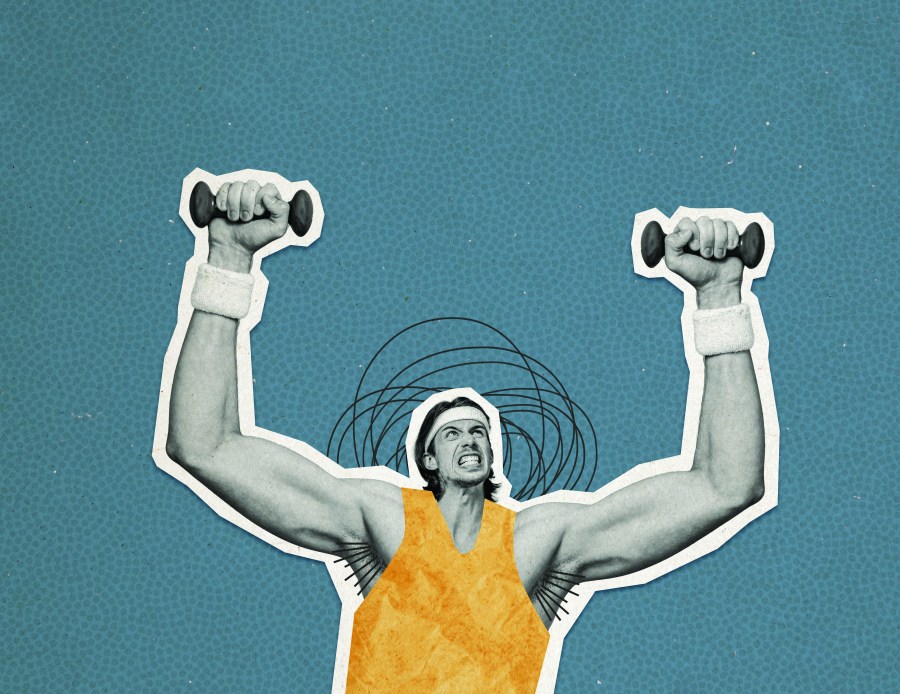Did you know there are different types of strength? We explain what strength is needed, when – and how to achieve it
Being strong is all the rage these days. With the benefits of things like grip strength being well-reported in having a positive effect on longevity, and the fact that lifting heavy weights is pretty cool (plus feels great!), strong is definitely the word ‘de rigeur’. But there are different types of strength: not many people actually stop and think about what they are getting strong for – and whether they’re putting all their eggs in the wrong basket.
Strength is a range
When we talk about being “strong” we often think of people lifting really heavy weights. And, while that is certainly a type of strength, it’s not exclusively “strong.”
Strength is actually a range – and there are different types of strength. From lifting very heavy weights for a few reps – which is termed maximal strength- to being able to repeatedly lift a lighter load for multiple reps – which is known as strength endurance – both have their uses and place depending what outcome you want.
What are you getting strong for?
So, this begs the question. What are you getting strong for? Because, while you might just be lifting heavy because you enjoy it or want to improve your maximal strength, there are other options that may be more suitable to you or your sport.
We are going to cover the four most common and relevant types of strength in this article.
• Maximal strength
• Explosive strength
• Relative strength
• Strength endurance

• Maximal strength
Traditionally what you would see in powerlifters doing heavy squats, bench and deadlifts. This is the maximal force a muscle can exert. Low rep, high weight and longer rests.
Useful for anyone who needs to produce a lot of force and has transfer to all sports. But is also just quite fun to train.
• Explosive strength (power)
This is the ability to create a high amount of force in a short space of time. Great for anyone needing to produce a lot of power. Typical examples would be rugby players and sprinters.
Think Olympic weightlifting, jumps and medicine ball slams. It’s fast, explosive efforts for a short period of time and again, plenty of rest.
• Relative strength
This is how strong you are relative to your bodyweight. Especially important for anyone who needs to be strong but not increase their weight. Climbers and gymnasts are great examples of this.
Chin-ups and press ups are movements tha,t if you can do for many reps, chances are you have good relative strength.

• Strength endurance
This is the ability for your muscle to repeatedly contract over an extended period. This will be key to endurance athletes such as distance runners and triathletes.
This would typically look like high reps in typical movements such as squats. It would be for longer durations and shorter rest periods.
So how should I train?
Well, firstly, I would train in a way you enjoy. This will see you being most consistent and therefore getting the best results.
The above information should give you some ideas on how you can alter your training slightly to cater to any sports you may be interested in.
But, as stated in the introduction, strength is a range. Being strong across the range will be useful for most people – even if you do end up focusing on one area more specifically for a sport.
Over the course of a year it’s worth trying to focus on elements of all strength types to become well-rounded and athletic.






